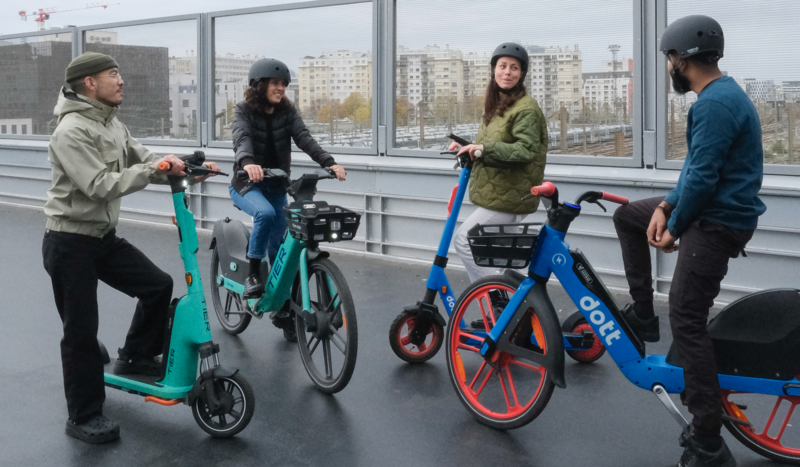Introduction
Cycling is an increasingly popular mode of transportation in European cities, offering numerous benefits such as reduced traffic congestion, lower emissions, and improved public health. With the rise of bike-sharing systems and the continued use of private bikes, understanding and comparing the safety behaviors of cyclists using shared, private, and public bikes is crucial for developing effective policies and infrastructure. In this blog post, we’ll explore the differences in safety behaviors among cyclists using various bike types across Europe.
Safety Behaviors: Defining the Variables
Safety behaviors encompass a wide range of actions and decisions that cyclists make while riding, such as wearing a helmet, obeying traffic rules, and using lights during nighttime rides. These behaviors can significantly impact the likelihood of accidents and injuries, making it essential to understand the differences between cyclists using shared, private, and public bikes.
Shared Bikes: Convenience vs. Safety
Shared bikes, available through bike-sharing systems, offer a convenient and affordable option for short urban trips. However, studies have found that cyclists using shared bikes may exhibit lower safety behaviors compared to those using private bikes (Fishman et al., 2019). For example, shared bike users may be less likely to wear helmets, possibly due to the lack of availability or inconvenience of carrying a helmet. Furthermore, shared bikes often lack safety features such as lights or reflective elements, which can compromise visibility during nighttime rides.
Private Bikes: Personal Responsibility and Customization
Cyclists using private bikes tend to demonstrate higher safety behaviors compared to shared bike users. This can be attributed to a sense of personal responsibility and investment in their bicycles (Grisel et al., 2018). Private bike owners often customize their bikes with safety equipment such as lights, bells, and reflective elements, making them more visible and safer on the road. Additionally, private bike users are more likely to wear helmets and other protective gear as they have easy access to their equipment.
Public Bikes: A Mixed Bag
Public bikes, provided by employers or municipalities for communal use, fall somewhere between shared and private bikes in terms of safety behaviors. Cyclists using public bikes may have greater access to safety equipment such as helmets and lights, but the extent of their safety behaviors can vary depending on factors like workplace culture and local regulations (Grisel et al., 2018).
Promoting Safety across All Bike Types
To improve cyclist safety across all bike types, it’s essential to invest in comprehensive education and awareness campaigns that target both experienced cyclists and newcomers to bike-sharing systems. Additionally, bike-sharing providers should consider incorporating safety features such as lights and reflective elements on their bicycles, as well as offering helmets for rent or purchase.
Cities should also prioritize infrastructure improvements, such as protected bike lanes and traffic calming measures, to create a safer environment for cyclists of all types.
Conclusion
Understanding the differences in safety behaviors among cyclists using shared, private, and public bikes in Europe is vital for developing targeted strategies to improve overall cycling safety. By promoting education, awareness, and infrastructure improvements, cities can encourage safer cycling practices, ultimately making the streets safer for everyone.




